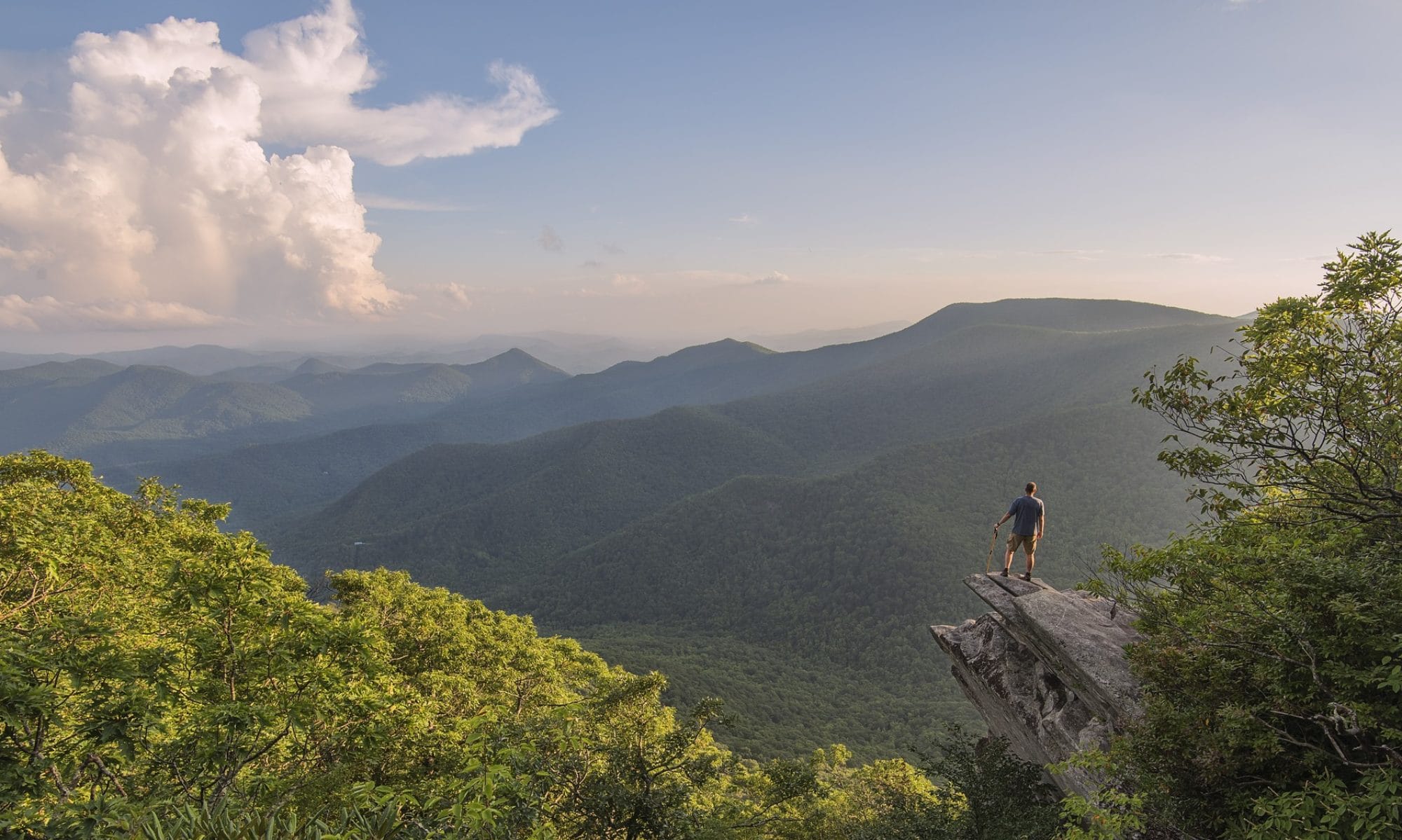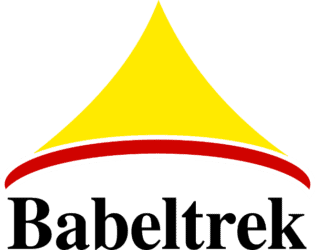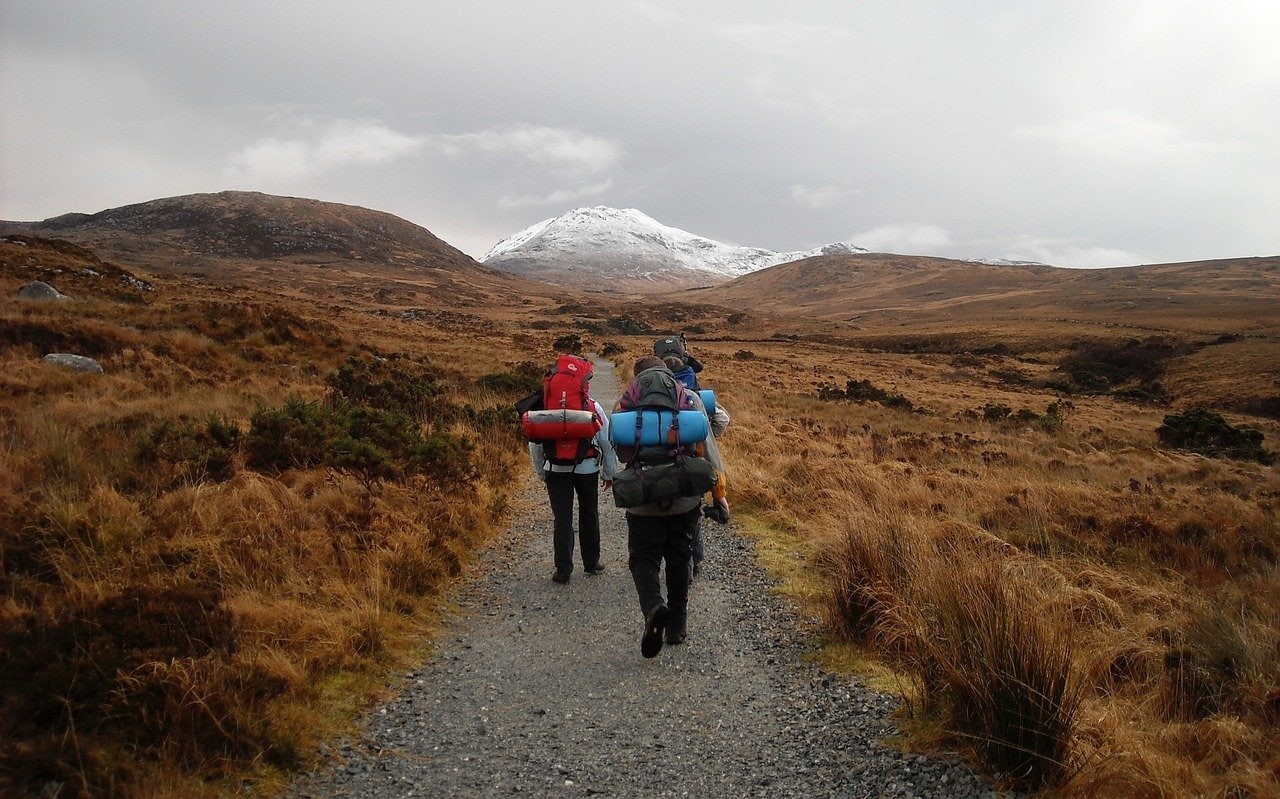What to take on trekking is a question that is often asked for a first experience. We propose to address this point here but, as we favor treks with portage, we will especially focus on this type of trip. Our answers therefore relate to what to take in your travel bag and not in your backpack. However, we will add a few points in case the portage is not included. That said, it is time to answer the question for a first trekking: What to take in your bag?
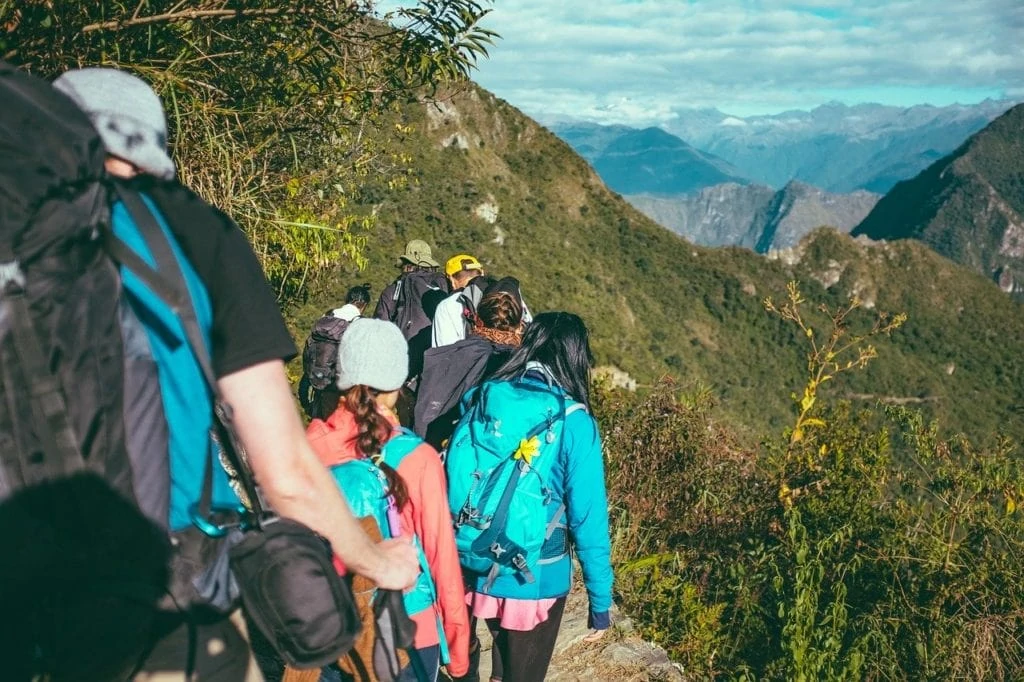
Why “in his bag” already?
Indeed, it is on purpose that I did not use the term suitcase. A soft, waterproof bag should be preferred as luggage. The reason is simple: the portage is often carried out by living beings: horses, mules, men … under these conditions, a soft bag will have less chance of injuring the animal or man. And even when it’s in a 4×4, a bag is much easier to wedge in a well-filled trunk than a solid suitcase. As for waterproofing, it is important in case of rain. Nobody wants to find all their laundry wet in the evening! Finally, try to travel light. Again, for the respect of the carriers. A bag of 12 kilos is perfect. In any case, never exceed 20 kilos.
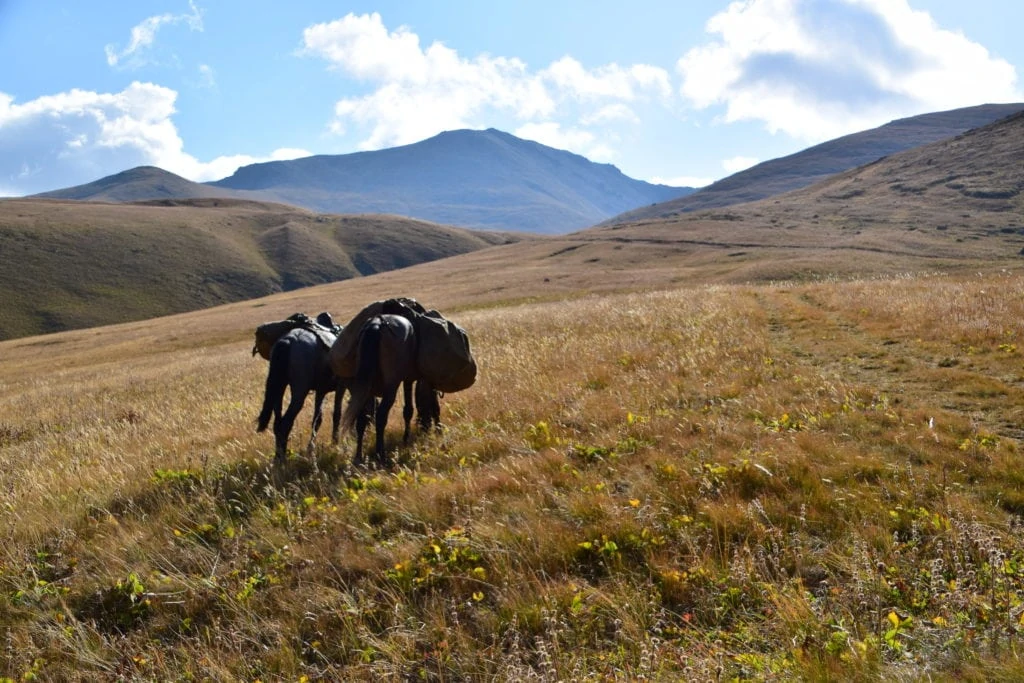
Something to walk of course!
It is still the main objective of trekking. Obviously, this only applies to treks on foot. Consequently, if you travel on horseback, by bicycle or by kayak, you will have to adapt this paragraph to your discipline. But what do we mean by “Something to walk”?
Good shoes
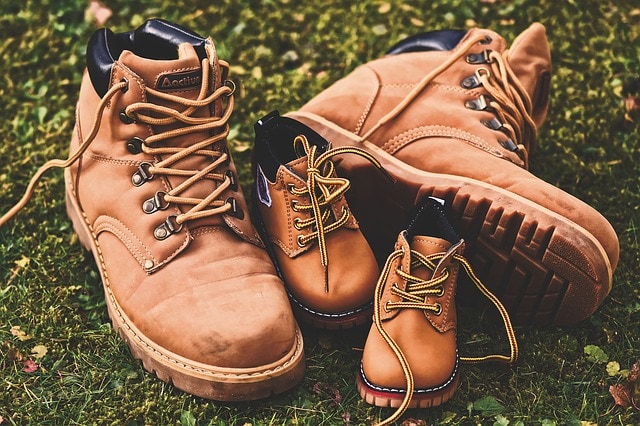
It is the most vital element when walking for several hours a day for several days. So take the time to choose your shoes well in a store where you can try them on. These must have a non-slip sole, a good seal and a reasonable weight. Then, depending on what you plan to do with it later, choose a model that suits you: rising, semi-rising or low. To help you make this choice, you can have a glimpse on this page on the subject. Whatever you choose, take the time to take a few long walks before your trek to soften them.
Appropriate clothing

If we quickly review them, it gives:
- Hiking pants: because they are light and dry quickly if necessary.
- Walking socks: because they help prevent blisters and foot fatigue
- Walking pants: but no it’s a joke! Although in a very cold environment, an undercoat is useful.
- T-shirt: favor long sleeves and breathable fabrics. The long sleeves keep warmer in case of cold, and protect from sunburn.
- fleece jacket or other warm clothing: useful for the cold during the day, but think about it for the evening … We can tend to forget it but the desert is cold at night. And in the mountains, the temperature drops quickly once the sun is gone.
- Hat / cap: to fight against the cold and / or the sun
- Gore-Tex type jacket: to stay dry and cut off from the cold wind.
- Rain cape: if you go to a very rainy area. Be careful, in case of wind, prefer models that can tighten.
This list need to be adapted to the characteristics of your hike: climbing Everest does not require the same thing as hiking in the Sahara! And do not forget that you must respect a low weight for your travel bag … We do not change every day in trek :-).
And the sticks, is it really useful?
Does your trek contain a lot of elevation or somewhat complicated passages, like walking in scree? In this case, for me, the answer is yes. Because they have the following advantages:
- relieve knees during descents
- better distribute the effort during the climbs
- decrease the risk of falling by improving your balance
- speed up the pace on the flat
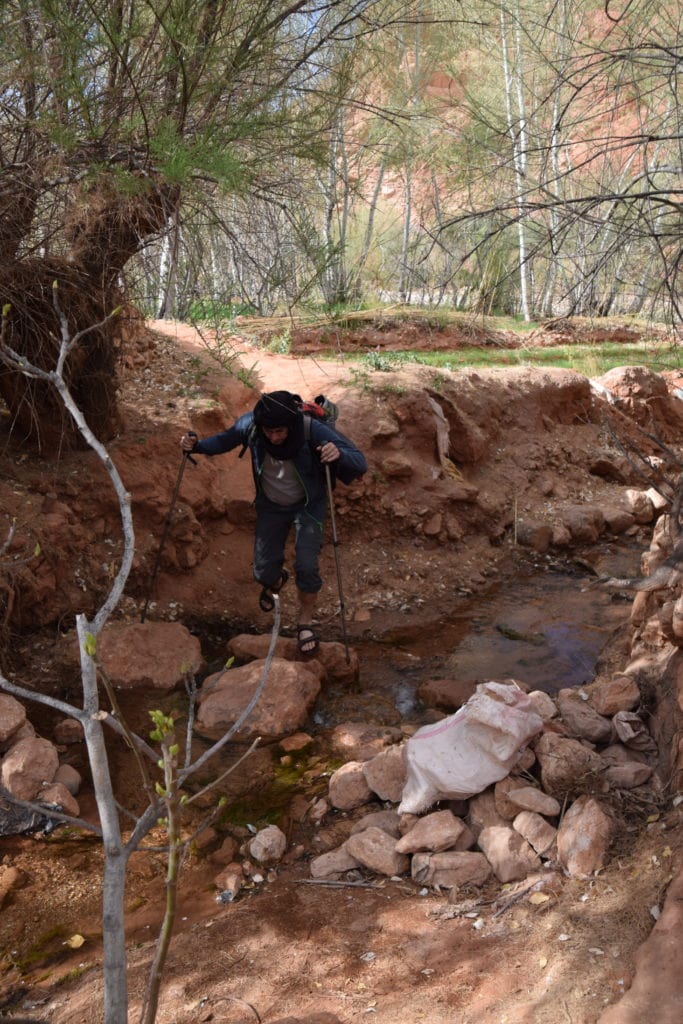
On flat ground, they are therefore less interesting, if not to help increase the pace of walking. For my part, I appreciate them anyway because it allows me to keep my arms active rather than dangling.
Other accessories during the walk?
Optionally, a pair of sunglasses and a camera. And one, or even two, 1L gourd, another vital object in walking.
A backpack
Even if a portage is provided by your guide or agency, you will be wearing things. Your water for the day, your camera and perhaps the jacket you had put on in the early morning because it was cool then. The latter must be able to accommodate these objects. It is also necessary to provide its waterproof overlay (always in case of rain or passing under a waterfall). Finally, take a model with ventilation, that is to say which will not be in direct contact with your back and comfortable.
And to sleep?
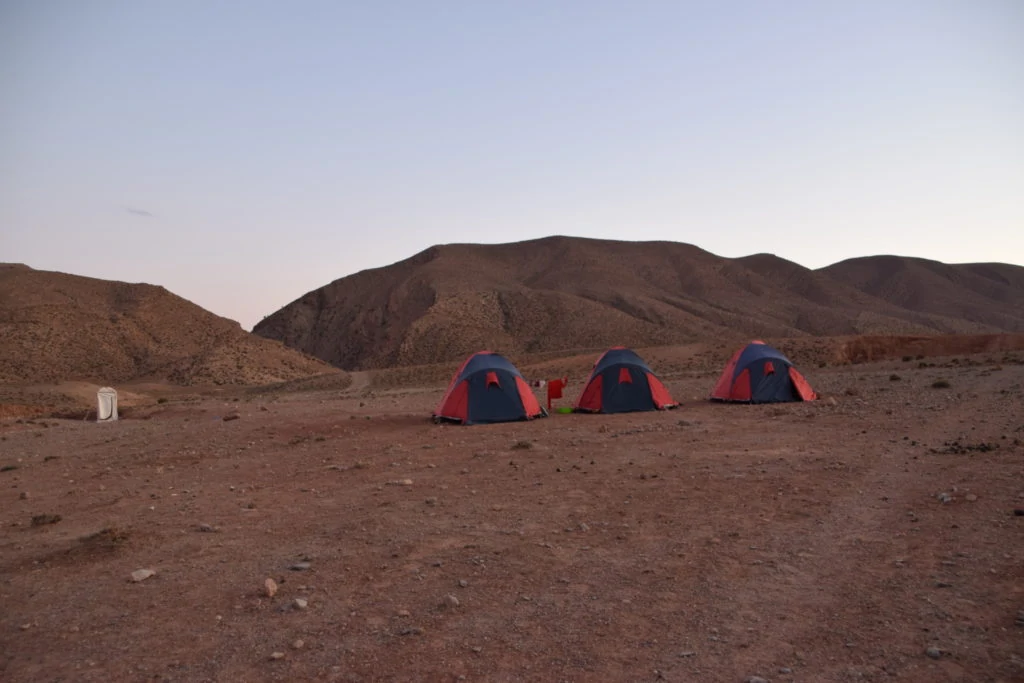
Depending on your guides or agencies, the level of services may vary. Indeed, if the tent is always supplied, the rest may vary. Here is our standard equipment for sleeping well on a trek:
- self-inflating mattress is a precious ally so as not to feel a stone on your back all night.
- small transport pillow is clearly an appreciable luxury.
- duvet suitable for the lowest temperature you may encounter.
- earplugs. A real treat in case of winds or sharing a tent with a snorer …
Other accessories?
There are quite a few items that will do you important services during your treks:
- roll of toilet paper
- storm lighter (to burn toilet paper)
- headlamp: at night in nature, it can be very dark …
- micro-fiber towel
- toilet kit
- micro-pure tablet (or equivalent) depending on the country
- first aid kit: to treat blisters, cuts or illnesses that would trigger unexpectedly
- pen and notebook to record your day and remember it better afterwards
What if porting is not included?
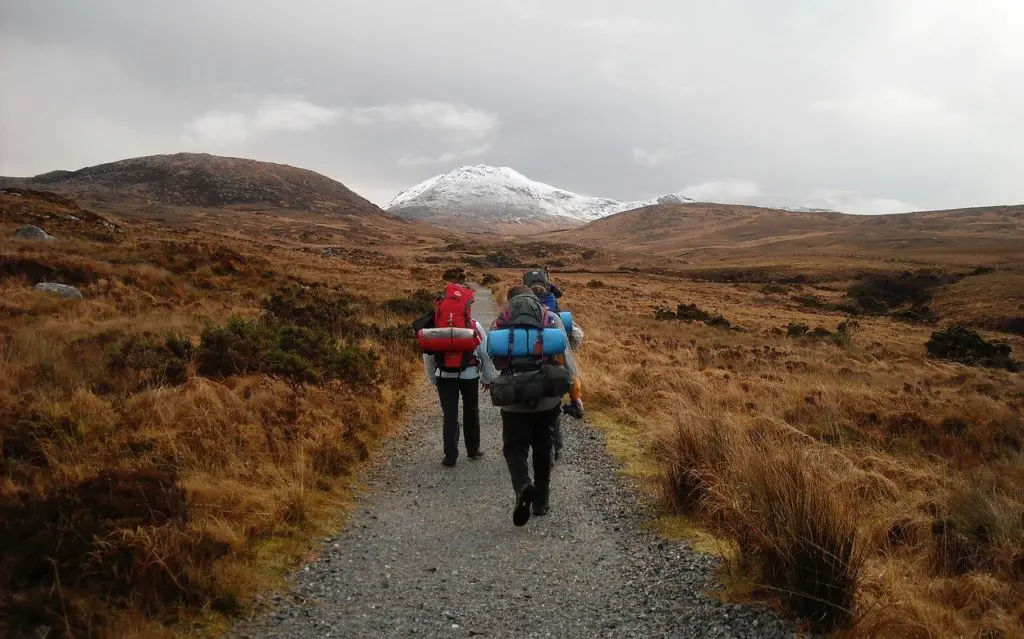
In this case, you will have to add to the above:
- the tent: choose a light, waterproof and non-self-supporting tent. For more details, this site can help you choose.
- the food
- swiss army knife: to open cans of canned food for example
- stove
- pan, cup and cutlery
And don’t forget that the carrier is you. The most commonly accepted rule is that the weight of the bag should be between 10% and 20% of the weight of the carrier. In fact, the cursor evolves according to your physical condition. If you are not a regular sportsman, it is better to aim for 10%. Which is not easy to achieve when you have it all! In this case, you can take a look at this site of subject matter specialists.
We hope that with all this, on your next trekking tour, taking it with you will not be a problem. For other preparations, take a look at our article to prepare your trek at best.
